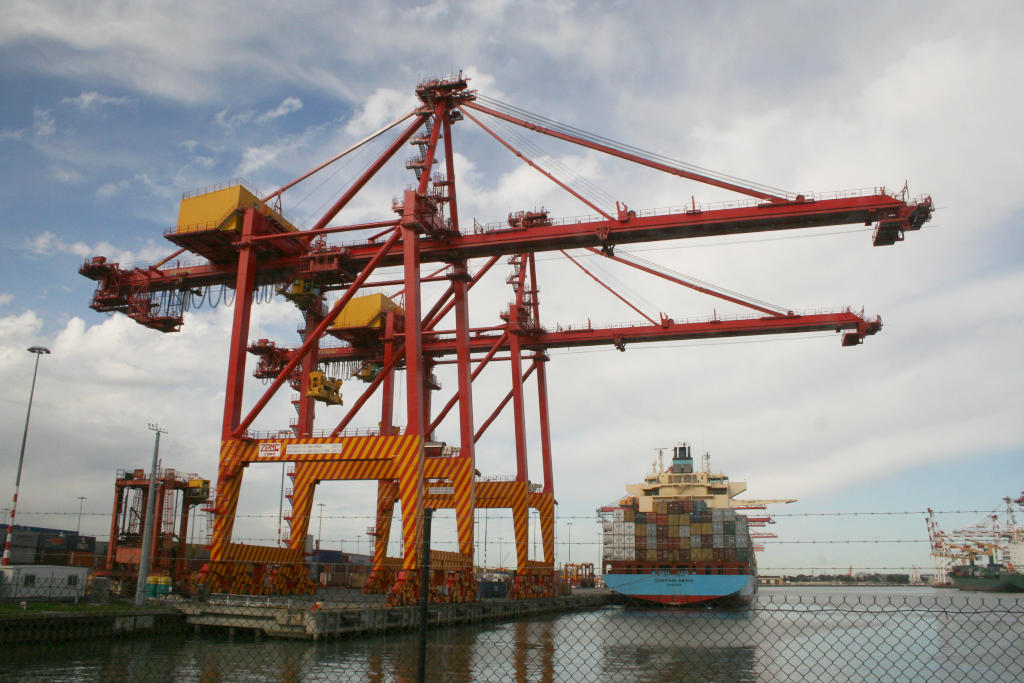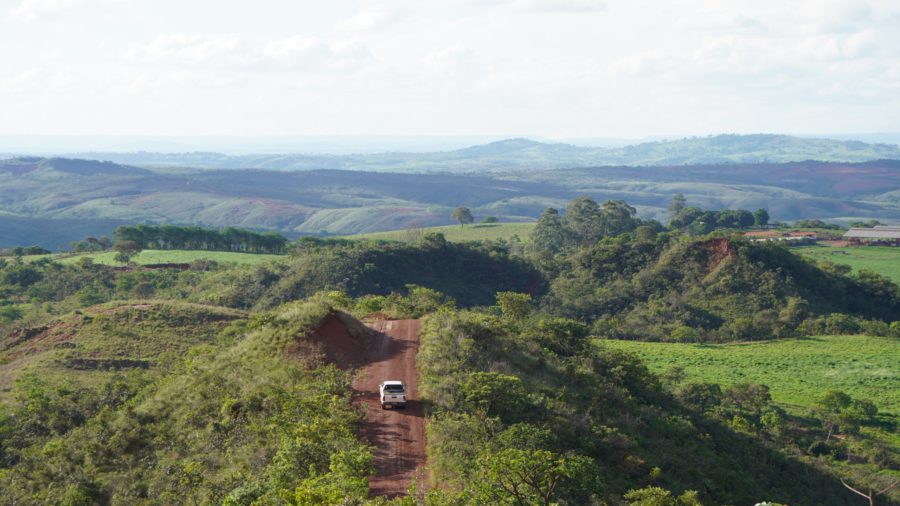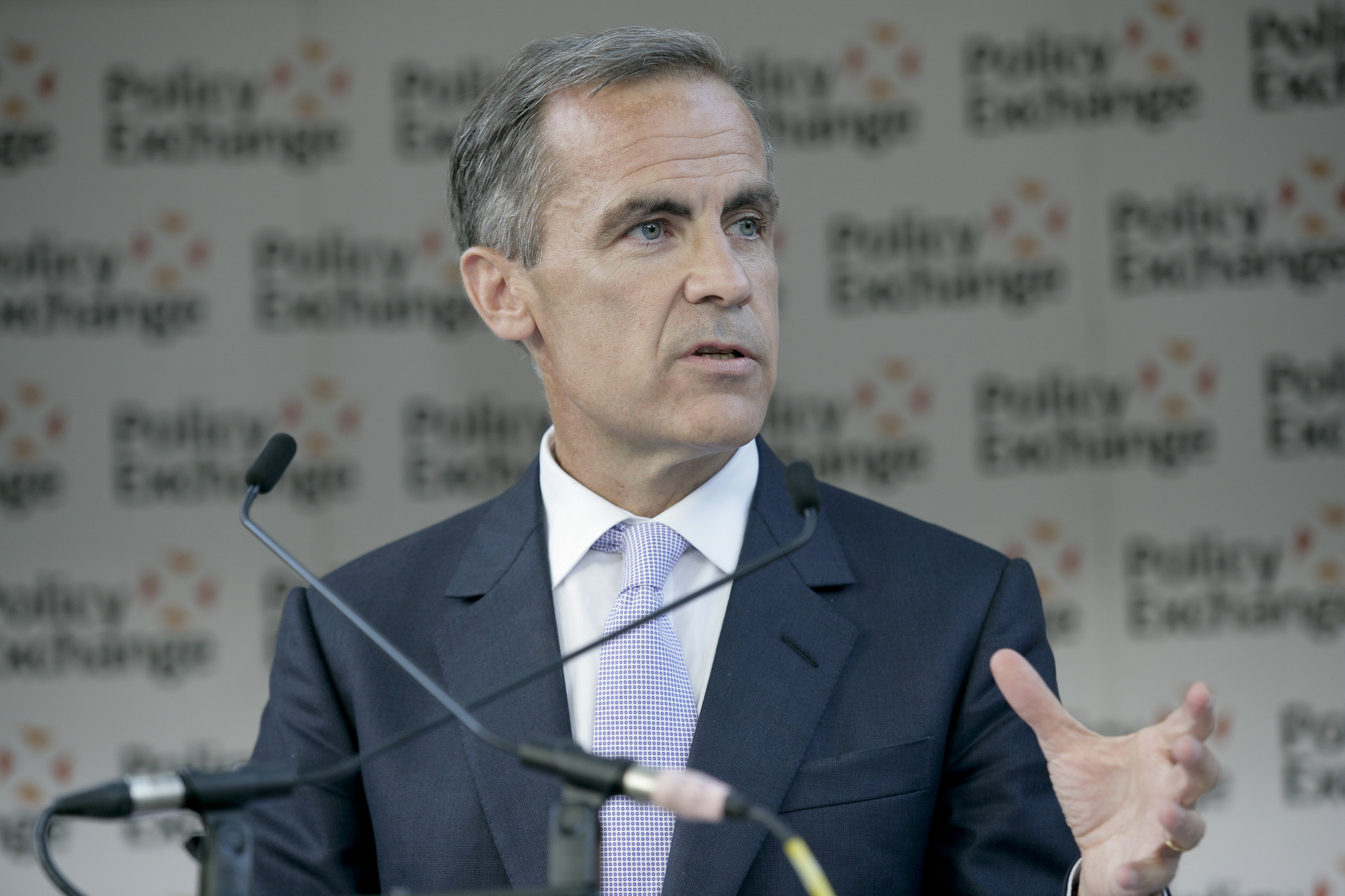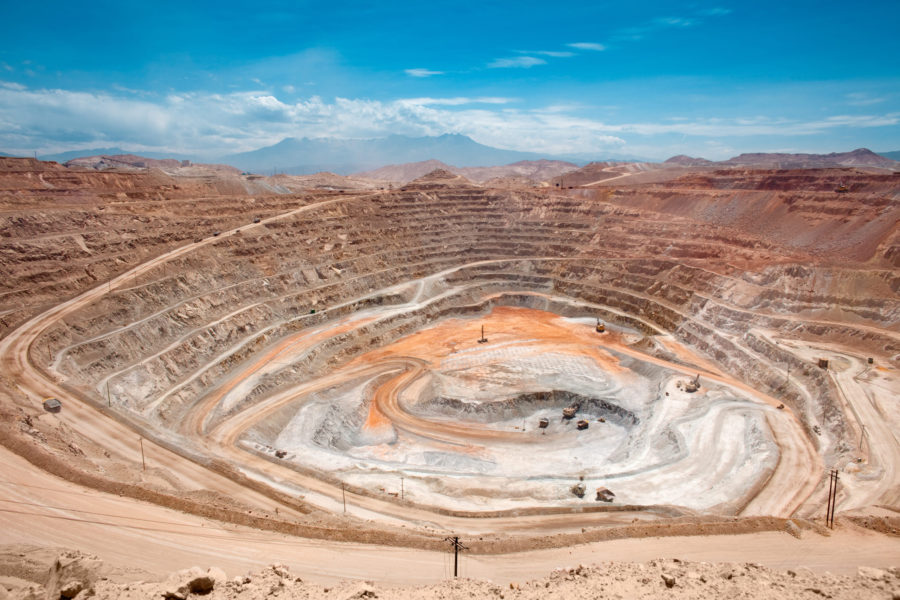‘Evenly balanced’ risks means lower commodity prices, but robust volumes

The heat is coming out of global commodity prices and the risks to the outlook are “evenly balanced”.
That’s the relatively downbeat assessment of the Australian government in its latest Resource and Energy Quarterly publication, released on Tuesday.
What the government forecaster in one of the world’s biggest exporters of resources is effectively saying is that while commodity volumes are holding up well, and expected to increase in coming years, the amount of money generated will slip.
Australia is the world’s largest exporter of iron ore, coking coal, liquefied natural gas (LNG) and lithium, and it ranks second in thermal coal and third in gold and copper ores and concentrates.
Its earnings from commodity exports are expected to be A$400 billion ($254 billion) in the year that started on July 1, Australia’s Department of Industry, Science and Resources said in the report.
This is down from a record A$466.7 billion in the just-passed 2022-23 fiscal year, which was largely driven by the blowout in the prices of LNG and coal after Russia invaded Ukraine in February last year.
Earnings from commodity exports are forecast to ease further in the 2024-25 year, dropping to A$352.3 billion. The lower earnings are in part a result of supply chains adapting to the loss and re-routing of Russian exports of crude oil, products, coal and LNG.
But it’s also because the world economy is facing uncertainty, while the recovery in China, the world’s biggest importer of commodities, has been softer than anticipated.
“Risks appear evenly balanced. While the outlook for the world economy is still for only relatively modest growth in the outlook period, unemployment remains low in historical terms, helping to sustain household consumption and profitability,” the report said.
The lower earnings are predicted even though the government expects volumes of most exports to increase, or remain largely steady from current levels.
Volumes up, earnings down
Iron ore remains Australia’s most valuable export, with the government forecasting earnings of A$120 billion this fiscal year, down from A$124 billion in 2022-23, but ahead of the A$99 billion expected in 2024-25.
Export volumes of the steel raw material are expected to rise from 895 million metric tons in 2022-23 to 920 million this year and to 933 million in 2024-25.
This dynamic of rising exports but lower earnings is repeated for coking and thermal coal, and for lithium, a key energy transition metal, given its use in battery storage.
Coking coal volumes are forecast to rise to 172 million metric tons for both the 2023-24 and 2024-25 years from 157 million in 2022-23, but the earnings for the fuel used mainly to make steel are predicted to drop to A$47 billion this year from last year’s A$62 billion.
Thermal coal volumes are forecast to rise from 182 million metric tons in 2022-23 to 202 million this year and 203 million in 2024-25, but earnings for the power-plant fuel are tipped to fall from A$66 billion last year to A$36 billion this year and just A$28 billion in 2024-25.
Despite its key role in the energy transition, the Australian government is expecting export earnings to drop from A$20 billion in 2022-23 to A$18 billion this fiscal year and A$16 billion in 2024-25.
Volumes are expected to rise from 3.33 million metric tons in 2022-23 to 4.03 million in 2024-25, although this year will see largely steady shipments of 3.32 million.
One commodity where the government is expecting volumes to drop is LNG, with exports of 82 million metric tons in 2022-23 slipping to 81 million this year and 79 million in 2024-25.
The small drop in LNG exports is because of expected maintenance programmes, but the lack of new projects will see Australia lose its crown as the world’s top shipper of the super-chilled fuel to the United States this year.
The overall message from the Australian government’s commodity outlook is that evenly balanced risks translates into still robust volumes, but at lower prices.
(The opinions expressed here are those of the author, Clyde Russell, a columnist for Reuters.)
(Editing by Tom Hogue)
More News
Resouro boosts titanium resource by 37% at Tiros project in Brazil
Total resources are now 1,400 Mt1 at 12% TiO₂ and 4,000 ppm TREO, the company said.
April 09, 2025 | 04:37 pm
Prime Minister Mark Carney vows to speed permits, make Canada energy superpower
The Liberal Party leader said at a campaign stop in Calgary that his government would create a Major Federal Project Office with a “one project, one review” mandate.
April 09, 2025 | 03:34 pm
Peru mining chamber sees copper output up 2-4% this year
That would put Peru's copper production between 2.79 million and 2.85 million metric tons.
April 09, 2025 | 02:53 pm
{{ commodity.name }}
{{ post.title }}
{{ post.excerpt }}
{{ post.date }}




Comments